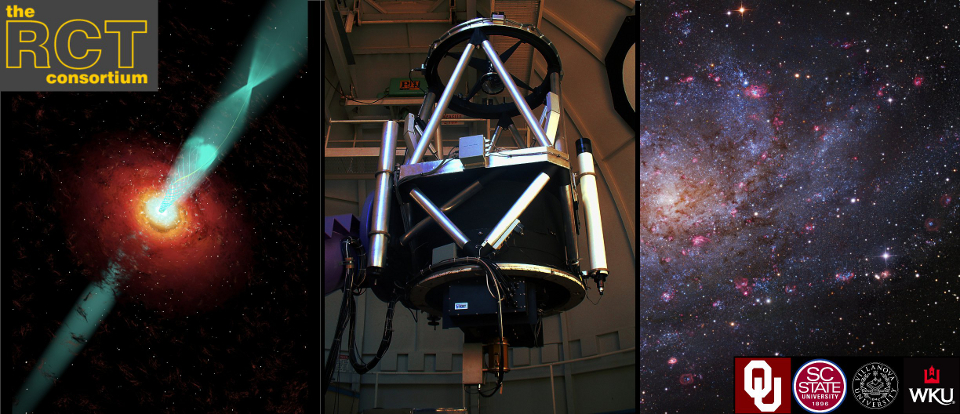The chip orientation has been erroneous since moving to amp=C a long while ago. The chip orientation should hüpfburg now be correct with North=Left East=Down.
Villanova’s Living with a Red Dwarf Program
Because of their slow nuclear fusion rates, dM stars undergo almost negligible changes in temperature or luminosity over time, making traditional age determination methods (such as isochronal fits) essentially impossible.
There is, however, one property of dM stars that does noticeably change over time – the strength of their magnetic fields. As dM stars (along with K- and solar-type G-stars) age, they undergo the “spin-down” effect, where the rotation period lengthens over time. This is a quantity that can be directly measured and then calibrated as a “dating method” or “aging method.” The problem has been the need to calibrate a relationship between stars of known rotation periods and stars of known chateau gonflable ages. The database of dM stars with reliably known ages has long been limited but, recently, two separate studies published by Garces et al. and Zhao et al. in 2011 furnished a nice list of dM stars with white dwarf companions. Recent work has allowed for much more reliable white dwarf ages to be determined, and that age can be assigned to the companion dM star through association. We’ve been observing as many of these guys as we can with the RCT. I’m attaching a couple lightcurves we’ve obtained so far and also our Rotation over Time graphs, where the red points show rotation rates derived from RCT photometry. The results of the program so far have been pretty exciting.
Weather station back, RCT working
The MAWS is back and working fine. The serial port the MAWS was connected to showed signs of intermittent failure. A backup card was installed, and the port changed (ttyS0 -> ttyS4). The opportunity was taken to re-evacuate the dewar, which bounce house for sale was not cooling completely. The telescope is on and functioning.
